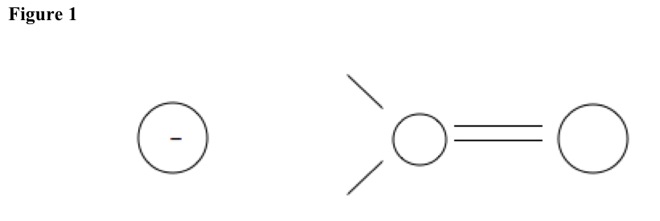
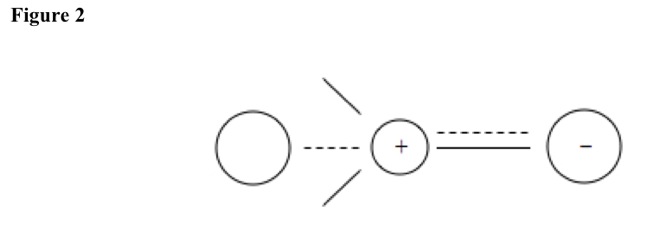

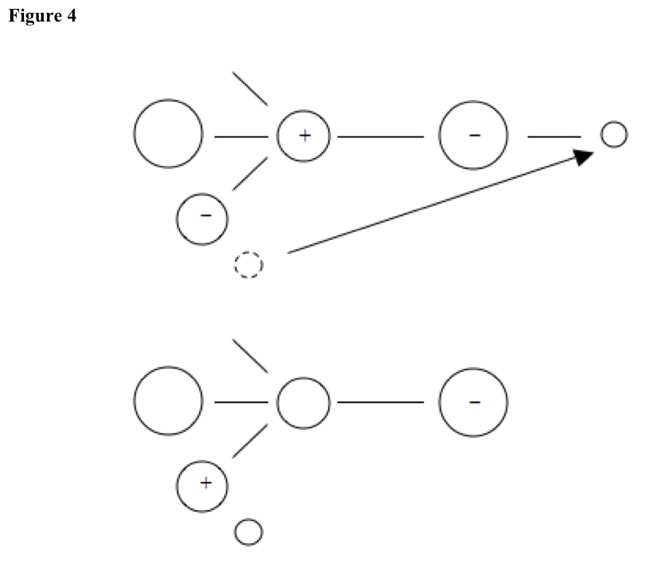




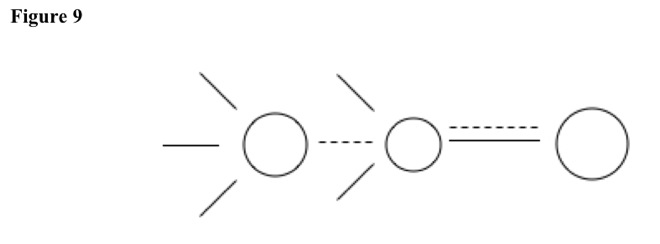


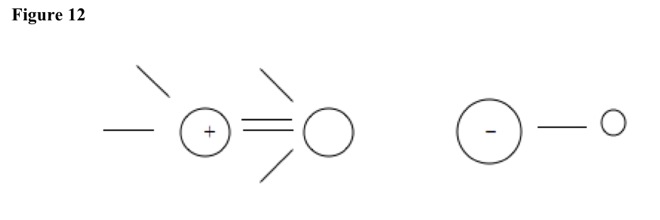
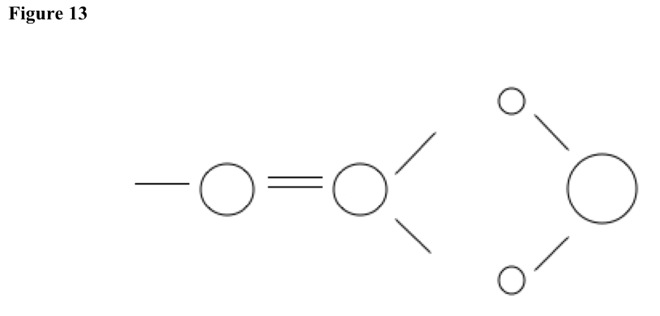
Organic reactions {nucleophilic addition reaction} can add nucleophilic substituent to carbonyl group.
nucleophilic attack
Water molecule, alcohol, hydride ion, carbide ion, ammonia molecule, or amine nucleophile can attack carbonyl carbon.
carbonyl
Carbonyl groups have double bond between carbon and oxygen. Carbonyl groups are planar, with two substituents on carbon and none on oxygen. Bond angles are 120 degrees. See Figure 1.
hydrogen
Water molecule, alcohol, or hydride ion attacks carbonyl carbon to make tetrahedral carbocation. Carbocation and negatively charged oxygen resonate with double-bonded carbon and oxygen. See Figure 2. If carbonyl carbon is not single-bonded to carbon atom, carbonyl oxygen adds hydrogen atom. See Figure 3. If carbonyl carbon is single-bonded to carbon atom, hydrogen from second carbon can migrate to oxygen to make alcohol and carbanion, or stay at second carbon to make carbocation and oxygen ion, by tautomerism. See Figure 4.
carbide
Carbide ion attacks carbonyl carbon. See Figure 5. Carbide negative charge migrates to oxygen. See Figure 6. Double bond forms between carbonyl carbon and carbide carbon. See Figure 7. Positively charged hydrogen ion from acid adds to negatively charged oxygen to make hydroxyl and one bond between carbons. See Figure 8. Carbide reacts with carbonyl to make new carbon-carbon single bond at tetrahedral carbon {condensation reaction, nucleophilic}.
nitrogen
Ammonia or amine attacks carbon. See Figure 9, Figure 10, Figure 11, and Figure 12. Double bond forms between carbonyl carbon and amine nitrogen atom. Oxygen leaves with two hydrogens, to make water. See Figure 13.













Physical Sciences>Chemistry>Organic>Chemical Reaction
5-Chemistry-Organic-Chemical Reaction
Outline of Knowledge Database Home Page
Description of Outline of Knowledge Database
Date Modified: 2022.0224